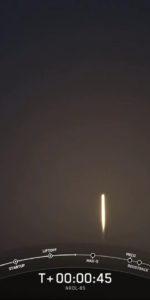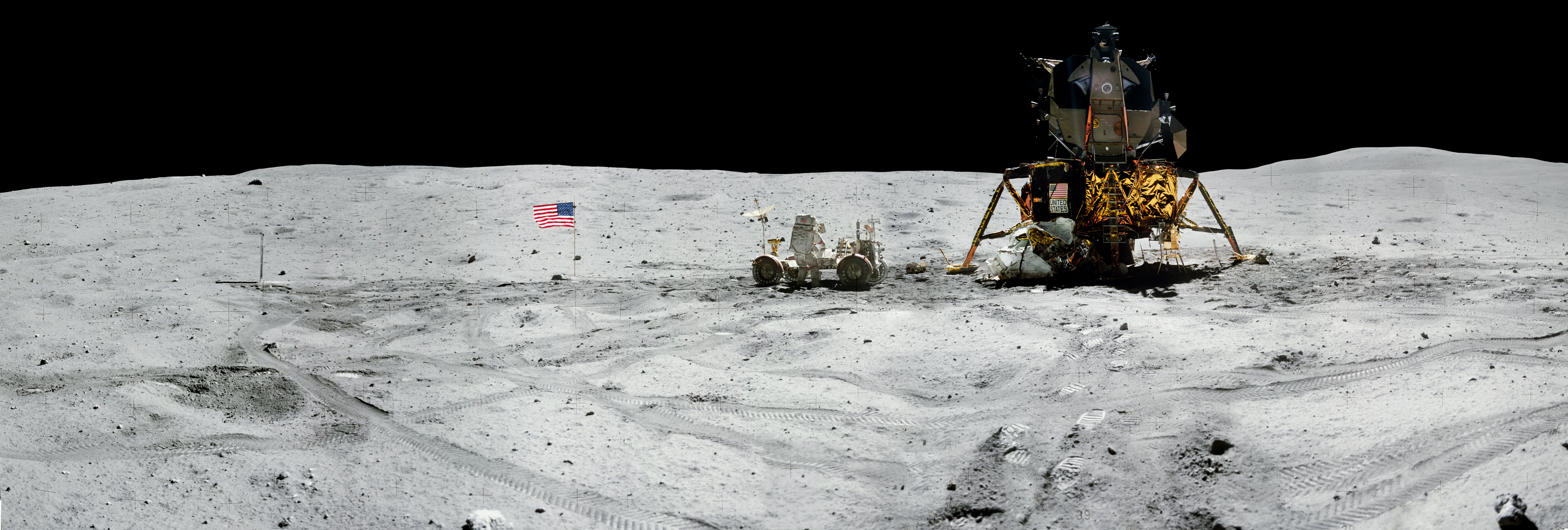
For anyone born in the last five decades, it is difficult to remember a time when we were landing humans on the surface of the Moon. It is harder to imagine that the technology was operationally available to deliver our kind across the quarter-million-mile (370,000-kilometer) gulf between Earth and our closest celestial neighbor and achieve a controlled landing and on-foot exploration there. Yet 50 years ago, today, Apollo 16 Commander John Young—who died in 2018—and Lunar Module Pilot (LMP) Charlie Duke did just that, as their crewmate, Command Module Pilot (CMP) Ken Mattingly, orbited overhead. Apollo 16 was a triumph which came within a whisker of never landing on the Moon at all.
The early Apollo landings—by Neil Armstrong and Buzz Aldrin at the Sea of Tranquility in July 1969 and by Charles “Pete” Conrad and Al Bean on the Ocean of Storms the following November—had made lunar landfall on relatively flat mare regions. However, NASA later expanded its envelope and later crews touched down in the hummocky Fra Mauro foothills, the spectacular highland site of Hadley-Apennine and, for Apollo’s December 1972 grand finale, in the mountain-ringed Taurus-Littrow valley.
In May 1971, less than a year before Apollo 16 was due to launch, the Site Selection Board picked a region of the Moon’s Cayley Plain, about 30 miles (50 km) from the crater Descartes and a little to the west of Mare Nectaris (the Sea of Nectar).
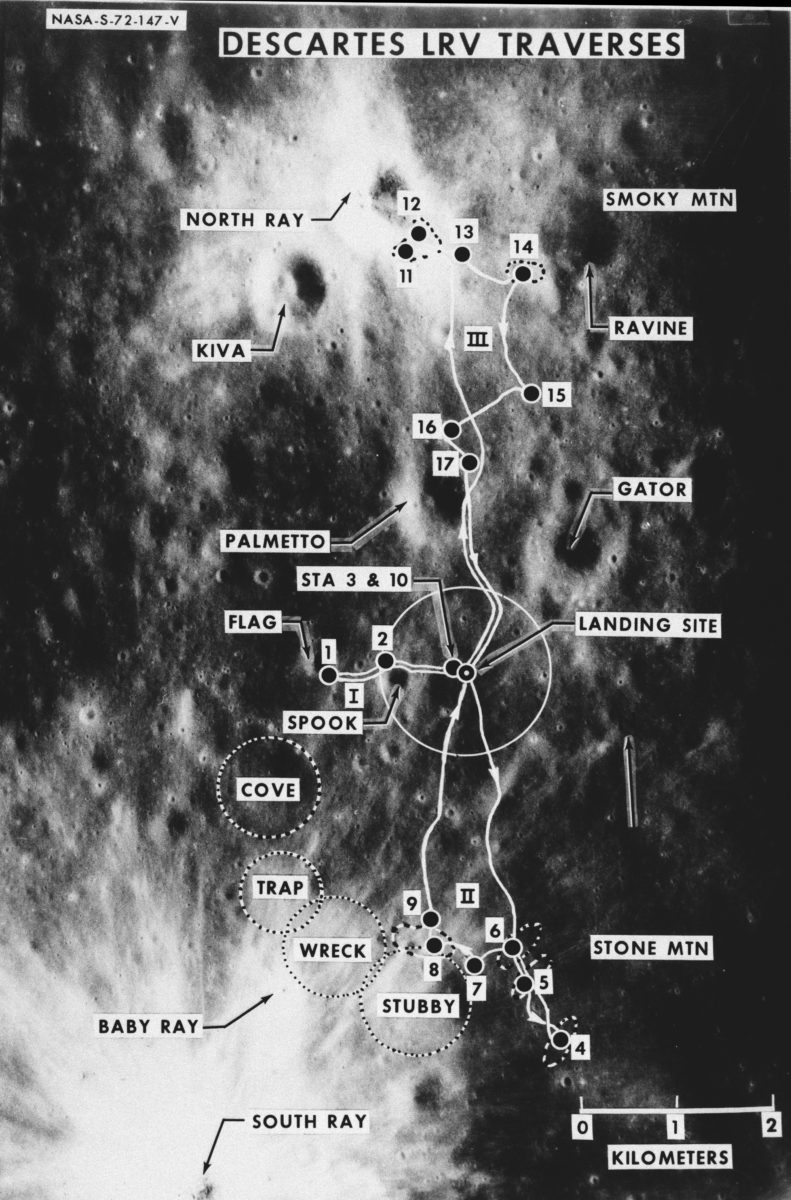
It was hoped that this highland location would yield volcanic rocks and offer tantalizing insights into billions of years of the Moon’s evolution. So convinced were many in the geological community that Apollo 16 would find volcanic rocks at Descartes that most of the astronauts’ training was in volcanic regions on Earth.
The crew had an unlucky pedigree. Charlie Duke was the backup LMP for Apollo 13, but his infamous exposure to German measles led to a last-minute decision to ground Ken Mattingly from his spot as prime CMP on that crew. Mattingly was replaced by his own backup, Jack Swigert, and in March 1971 Young—as Apollo 13’s backup Commander—was assigned with the unfortunate duo to take Apollo 16 to the Moon. This led to a spot of banter on launch morning, 16 April 1972, particularly since the Apollo 16 backup Commander was Apollo 13 veteran Fred Haise.
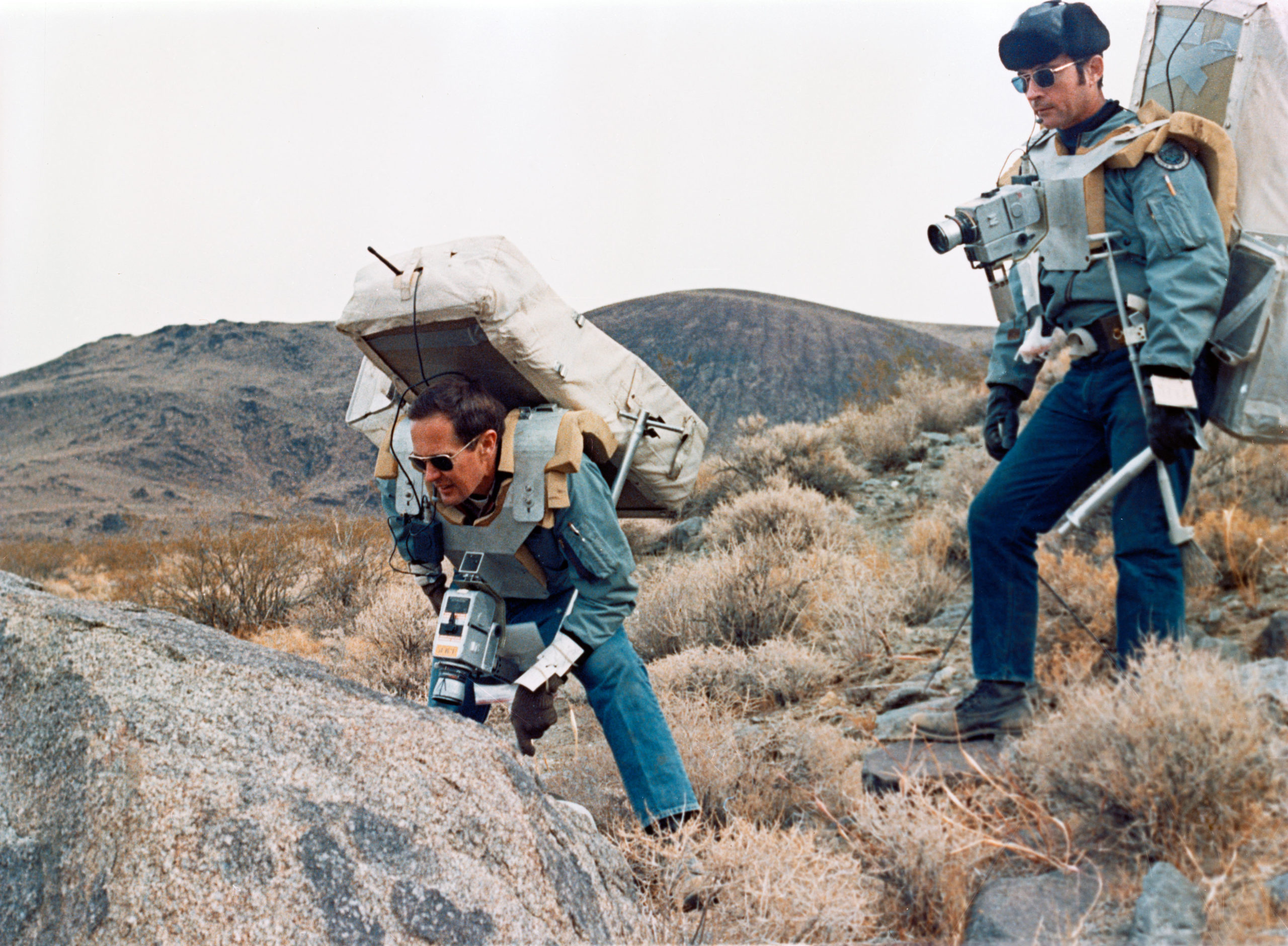
“We were climbing into the Command Module on the launch pad,” Duke recalled in a NASA oral history. “I looked over and, taped to the back of my seat was a big tag that said Typhoid Mary!” Haise grinned. It was light-hearted payback, particularly as Duke had entered the headlines in January 1972, following a bout of bacterial pneumonia.
Illness was never far away from Mattingly, either. Just before launch in April, doctors found an elevated level of bilirubin—a possible indicator of hepatitis—in one of his blood tests. “Billy who?” Mattingly snorted in disbelief. “Who’s he and what’s that?” His relationship with the doctors in the final days before Apollo 16 left Earth was, in Mattingly’s words, “about as antagonistic…as you could create”, but he was cleared to fly.
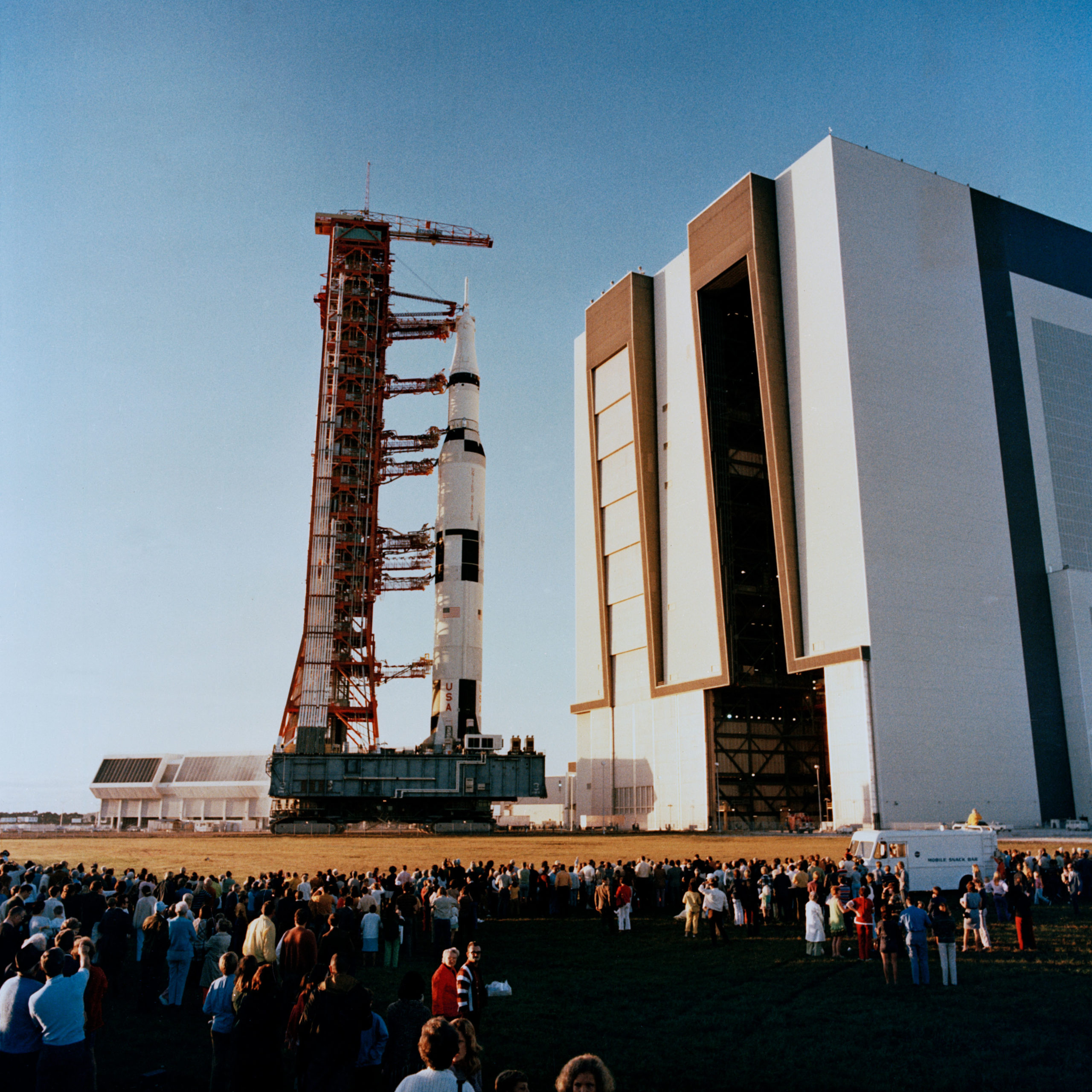
The mission launched from historic Pad 39A at the Kennedy Space Center (KSC) in Florida, atop a gigantic Saturn V, on the afternoon of 16 April 1972, kicking off a four-day voyage to the Moon. Late on the evening of the 19th, the Apollo 16 spacecraft—the Command/Service Module (CSM), named “Casper”, and the Lunar Module (LM), dubbed “Orion”—arrived smoothly in lunar orbit.
Next morning, Young and Duke boarded Orion and undocked from Mattingly and Casper. They were running through checks of the lander, ahead of Powered Descent to the surface, when the situation turned ugly.
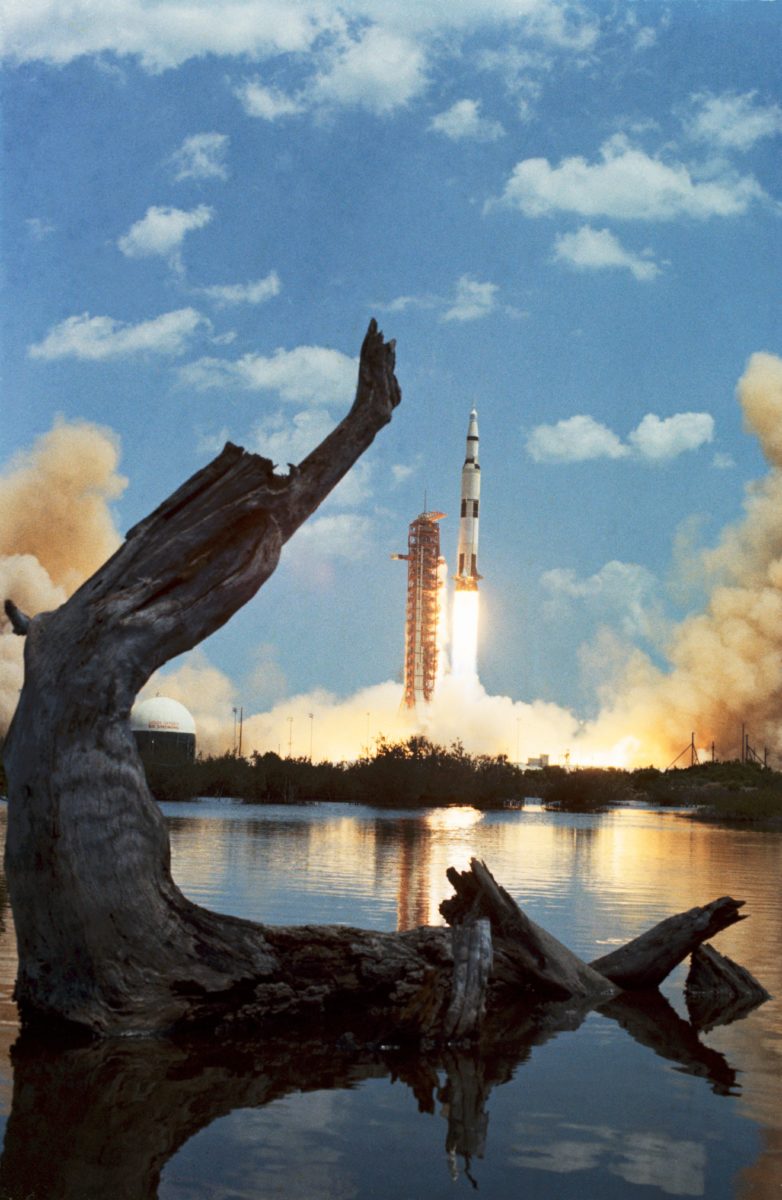
One of Mattingly’s tasks was to fire Casper’s Service Propulsion System (SPS) engine to adjust his orbital parameters from an ellipse into a near-circular path. This would enable him to undertake a three-day program of lunar science with a battery of instruments aboard the Scientific Instrument Module Bay (SIMBay) aboard the Service Module.
In accordance with the plans, Mattingly routed power to the SPS, activated the gyros, prepared to test the secondary control system, then moved to touch the yaw thumb-wheel for the gimbal motors. All at once, Casper unexpectedly shuddered. It felt as if the CSM was heading down a very rough railroad track.
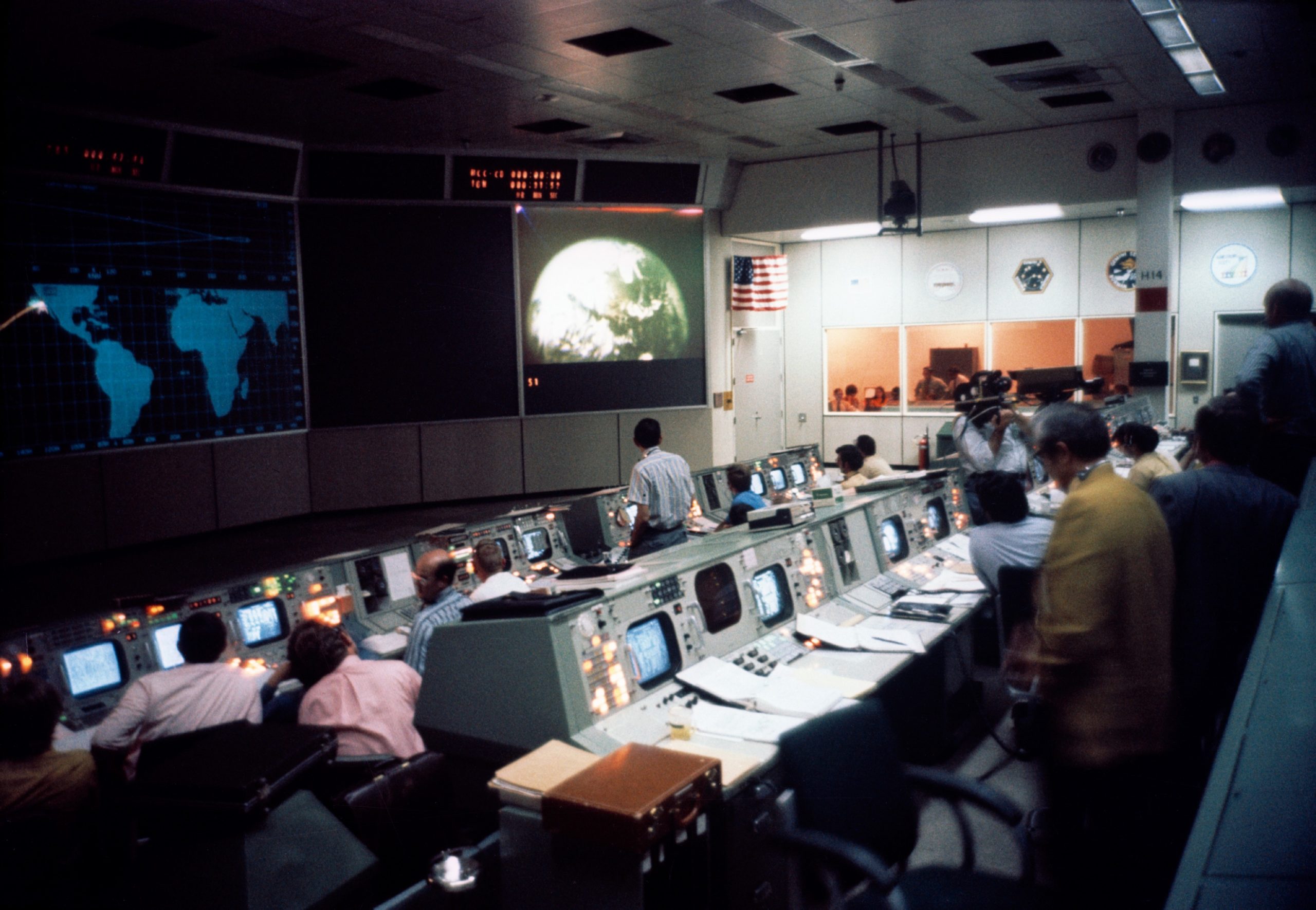
“I have an unstable yaw gimbal No. 2,” he radioed to Young and Duke.
“Oh, boy,” replied Young. He suggested a few corrective options but was keenly aware that if the SPS control mechanism was damaged, it could spell the end of Apollo 16. There would be no landing on the Moon; only an ignominiously premature return to Earth.
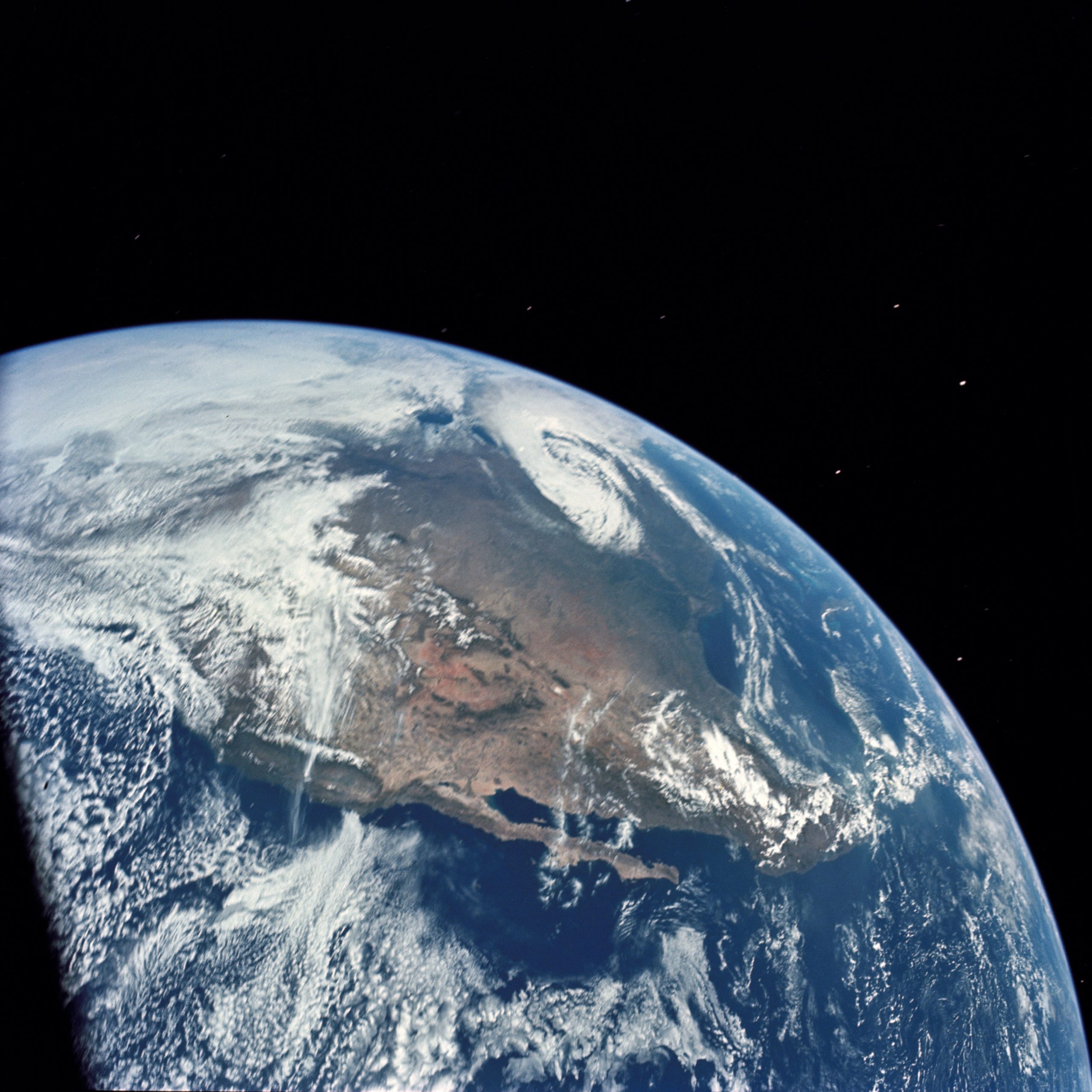
Mattingly knew that he could move the SPS nozzle, but was unsure if he could circularize his orbit with it. Mission rules dictated that all four thruster-vector-control circuits—primary and backup—had to be fully functional in order for a lunar landing attempt to be undertaken. There were few options.
Casper and Orion were forced to fly in formation, and in limbo, as Mission Control pondered what to do. A redocking and a second attempt to land on 21 April was out of the question, because the Sun would have risen another 12 degrees in the lunar sky, making lightning conditions at the Descartes landing site unfavorable.
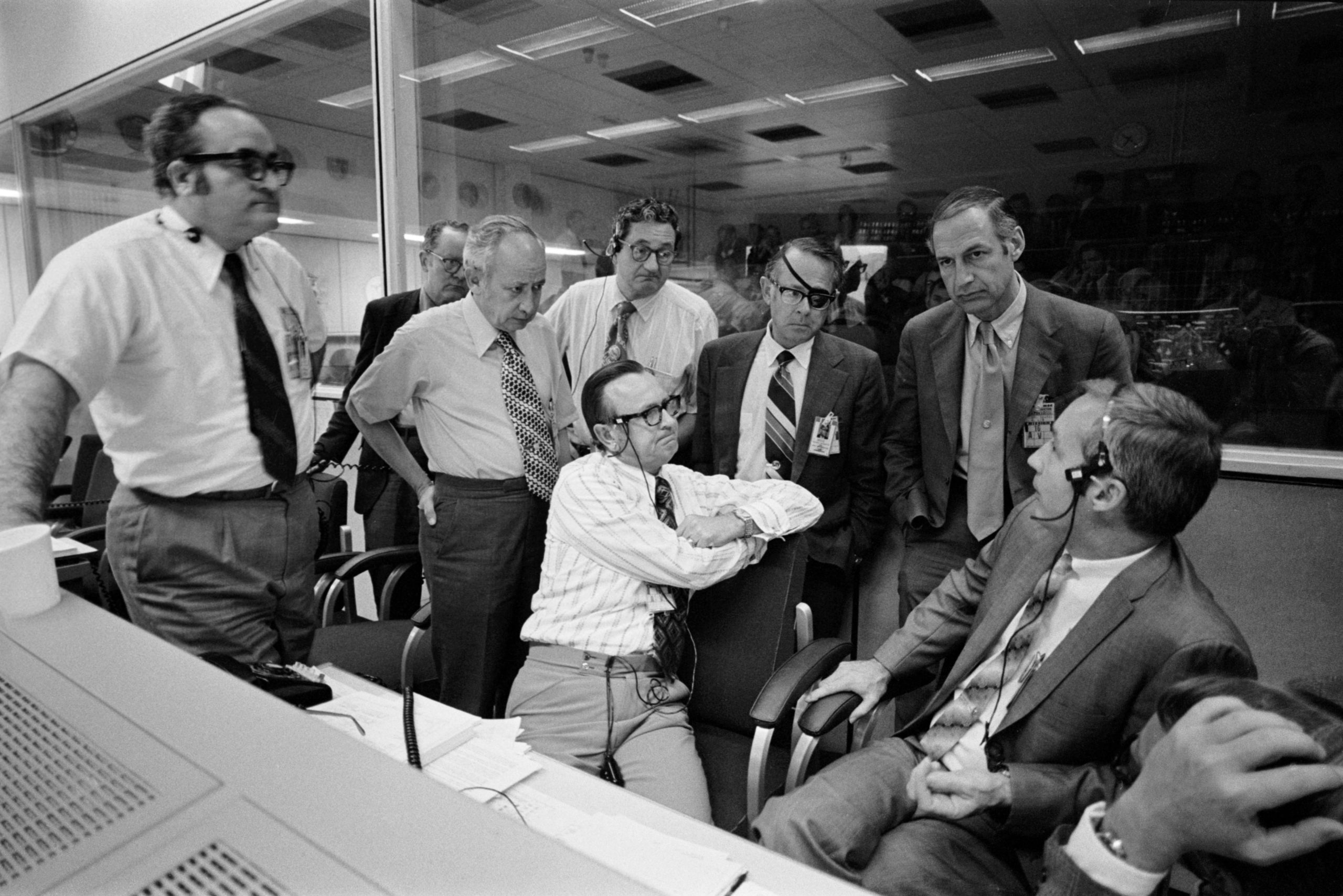
At length, consensus was reached. If Mattingly had to use the secondary system to make his circularization burn, the SPS might shudder, but would be controllable. Four hours after the trouble arose, Capcom Jim Irwin radioed the crew to advise them that the landing attempt could go ahead.
Later that evening, Young and Duke touched down on an undulating plain, midway between a pair of craters, nicknamed “North Ray” and “South Ray”. Against all the odds, humanity’s fifth manned exploration of the Moon was underway.
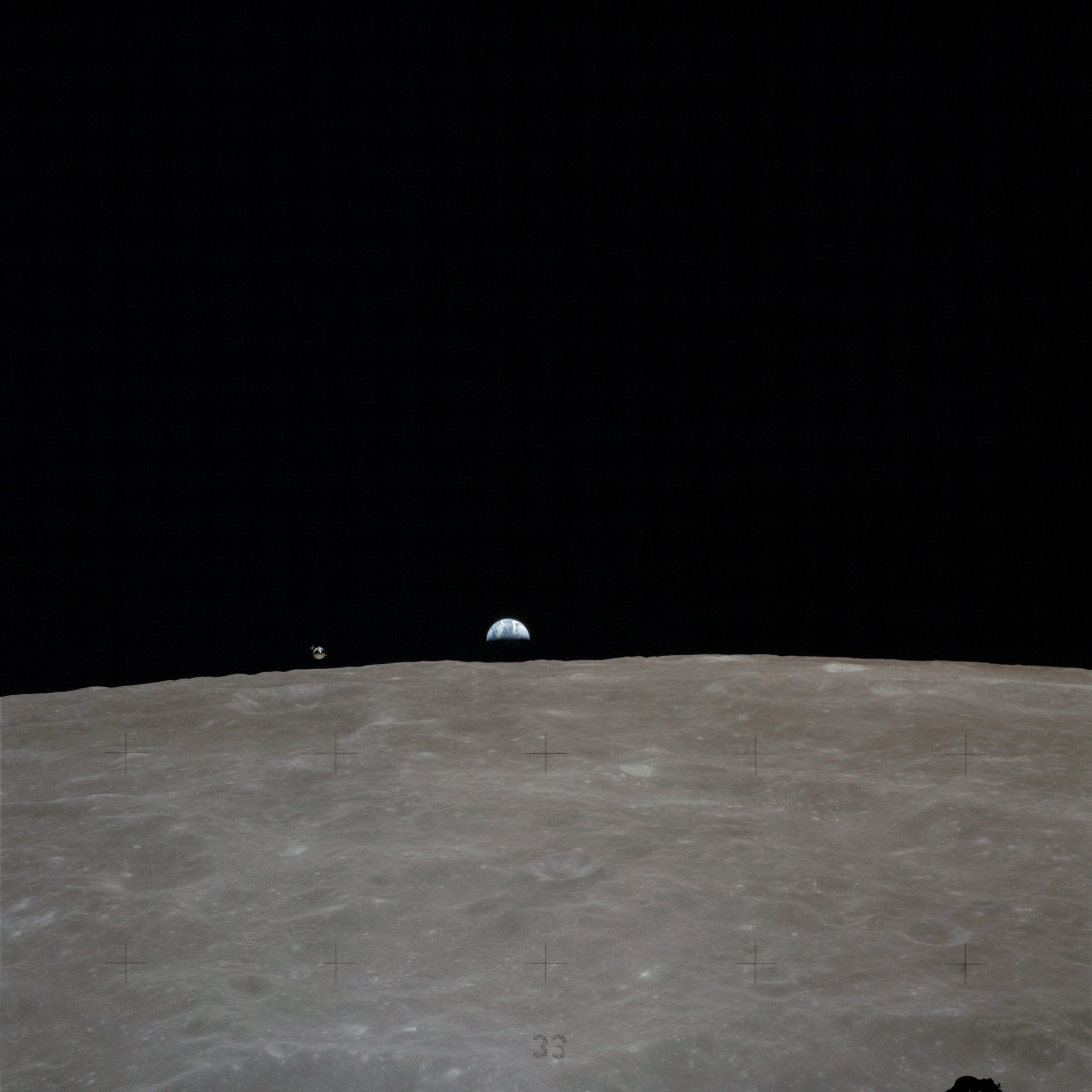
However, there had been a six-hour delay and that prompted Mission Control to recommend that Young and Duke go to sleep before the first of their three Moonwalks. Originally, it was anticipated that they would go outside shortly after landing and the decision to change tack would have ramifications on the flight plan.
On the other hand, having Young and Duke perform a strenuous Extravehicular Activity (EVA) so soon after an arduous landing would force them to remain awake for a 27-hour day. The crew were game, but Flight Director Gerry Griffin opted to let them rest first. The changing of mission plans even led to serious discussions about canceling Apollo 16’s third Moonwalk.
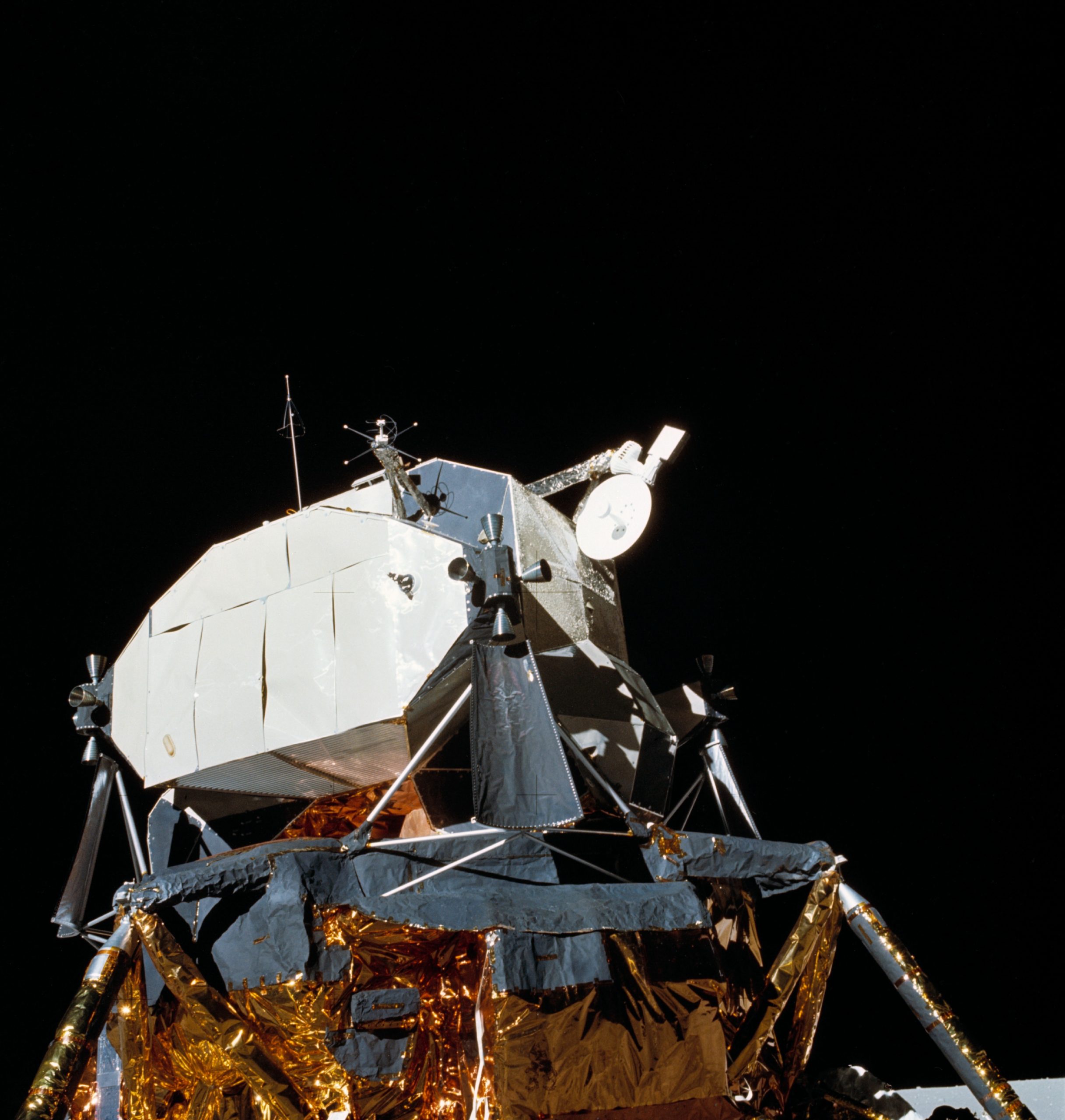
Fourteen hours later, early on 21 April, Young bounded down Orion’s ladder and became the ninth human to plant his boots in lunar soil. “There you are, our mysterious and unknown Descartes highland plains,” he said. “Apollo 16 is gonna change your image!”
The late landing already meant that the astronauts could not take telephoto pictures of a nearby landmark, Stone Mountain, in the early lunar morning, but Young quickly set to work unfolding the battery-powered Lunar Roving Vehicle (LRV) from Orion’s descent stage. He and Duke assembled the Apollo Lunar Surface Experiments Package (ALSEP) on the surface, which included a heat-flow investigation. Duke drilled a pair of holes into the lunar regolith to implant two thermometers for the experiment.
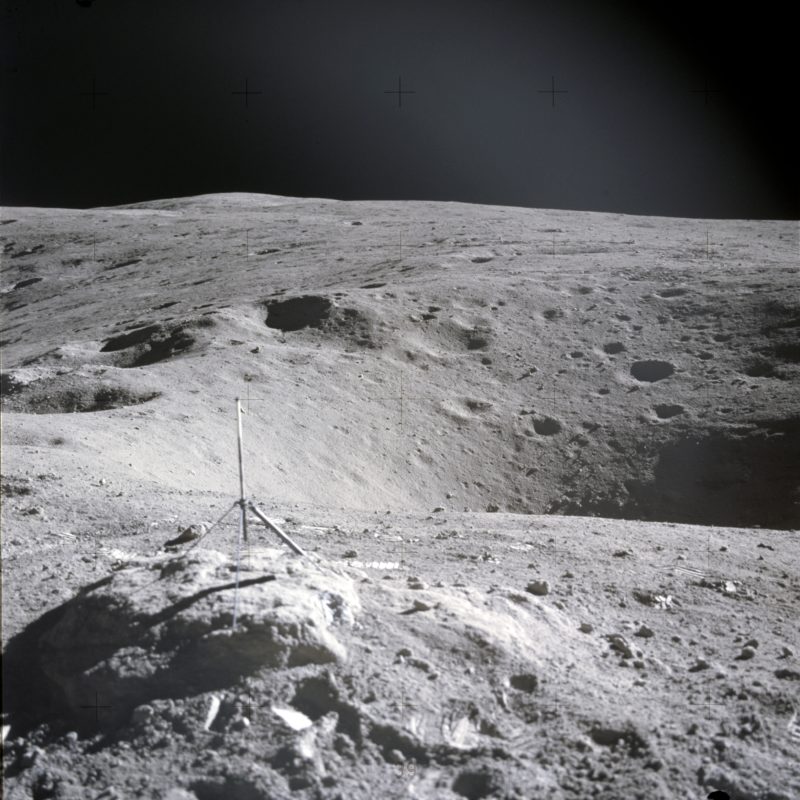
Then, along came John Young.
Having finished his own task assembling the central station of the ALSEP, Young’s view was hindered by his helmet and the bulk of his space suit and he was unaware that his boot had snagged on a cable for the heat-flow experiment. Before launch, he and Duke had warned the engineers that cables refusing the lie flat after deployment might cause problems. Now they had. Young’s accident tore the cable from the heat-flow experiment and, as circumstances transpired, ruined it.
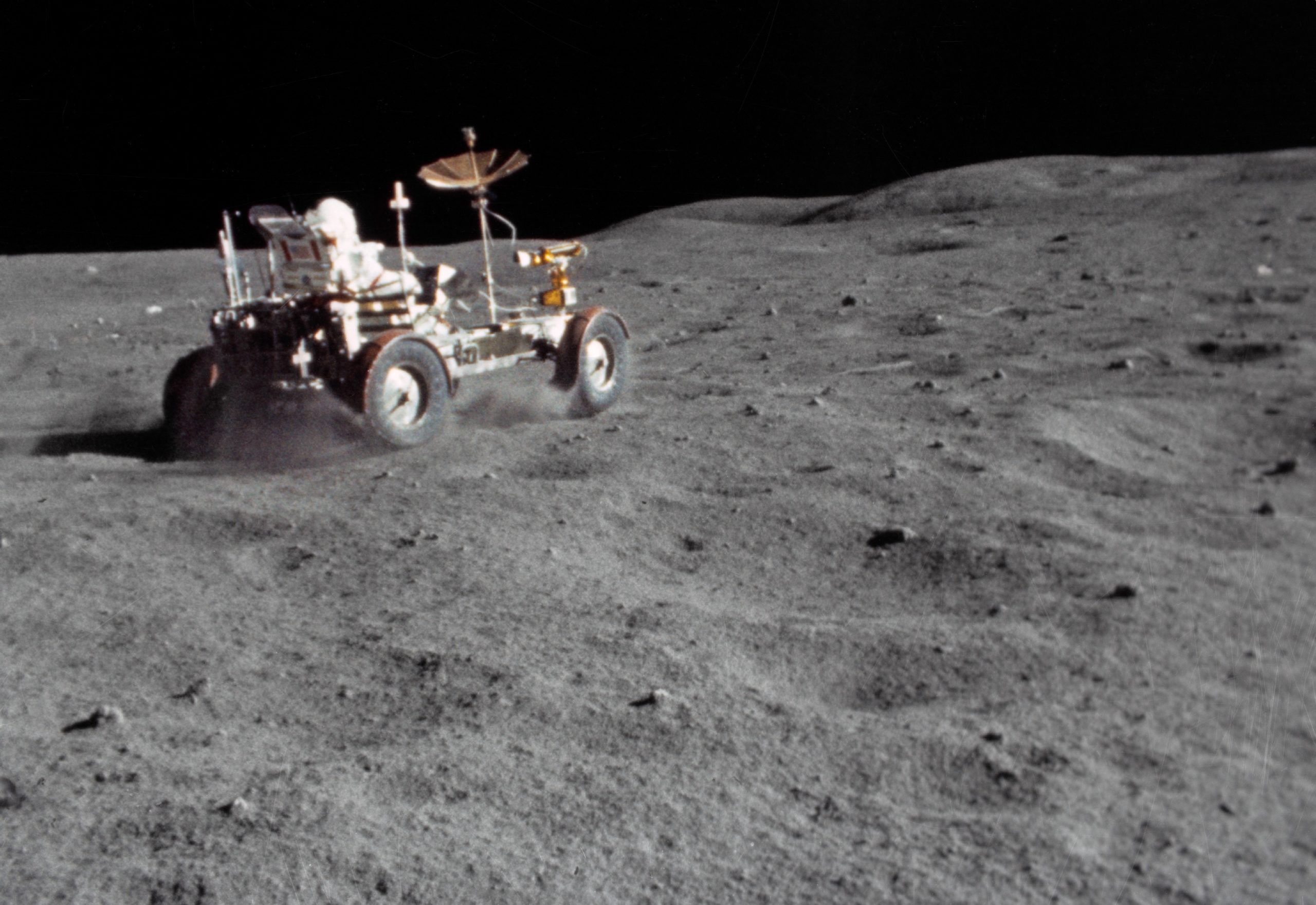
Meanwhile, the mission proceeded. Driving the LRV, the astronauts found that the Sun had bleached-out the surface into a featureless blanket and they could not even see the smallest craters, until they were literally on top of them. Anxious not to drive over one of the steep scarps predicted by Lunar Orbiter imagery, Young pushed the LRV no faster than a couple of miles per hour, but thankfully no precipitous drops materialized. He later concluded that the geologists had over-analyzed their photographs and overestimated the extent of several of the surface features.
As they worked, it became increasingly clear that Descartes did not exhibit widespread evidence of past volcanism, as had been expected. Rather, the site was littered with breccias—a rock type with a mix of fragments “welded” together by the temperatures and pressures associated with an ancient impact event—which Young and Duke found in abundance, first at Flag Crater, then Plum Crater. Five hours into the first Moonwalk, Young almost got pulses racing, when he initially believed he had found a welded ashflow tuff, potentially raising the possibility of ancient volcanism…but the specimen actually turned out to be another breccia.
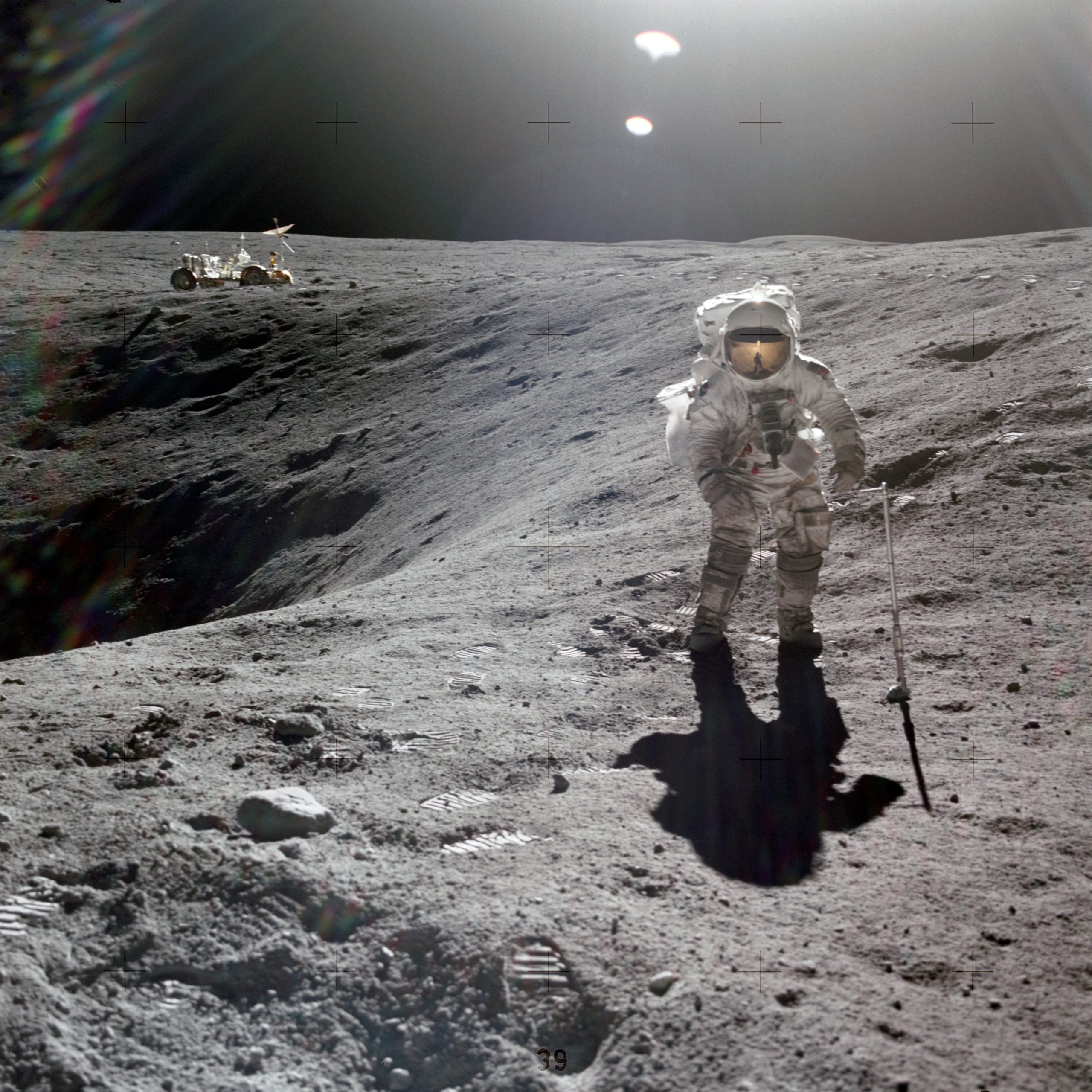
A faster-than-expected consumption of water in Duke’s suit led to a premature end for EVA-1 and the astronauts returned inside Orion after seven hours. Inside Orion’s cabin, Young smelt for the first time the odor and taste of lunar dust: it carried a greasiness, which magnified their skin oils, and reminded them both of wet gunpowder.
Other “aromas” had also affected Young, Duke and Mattingly throughout the mission. Heart irregularities experienced by the Apollo 15 crew the previous year led doctors to heavily lace Apollo 16’s orange juice supply with potassium. Young hated it and described it as thick, heavy and metallic in taste. (Others were less complimentary, with Flight Director Gene Kranz remarking: “It tastes like crap”.)
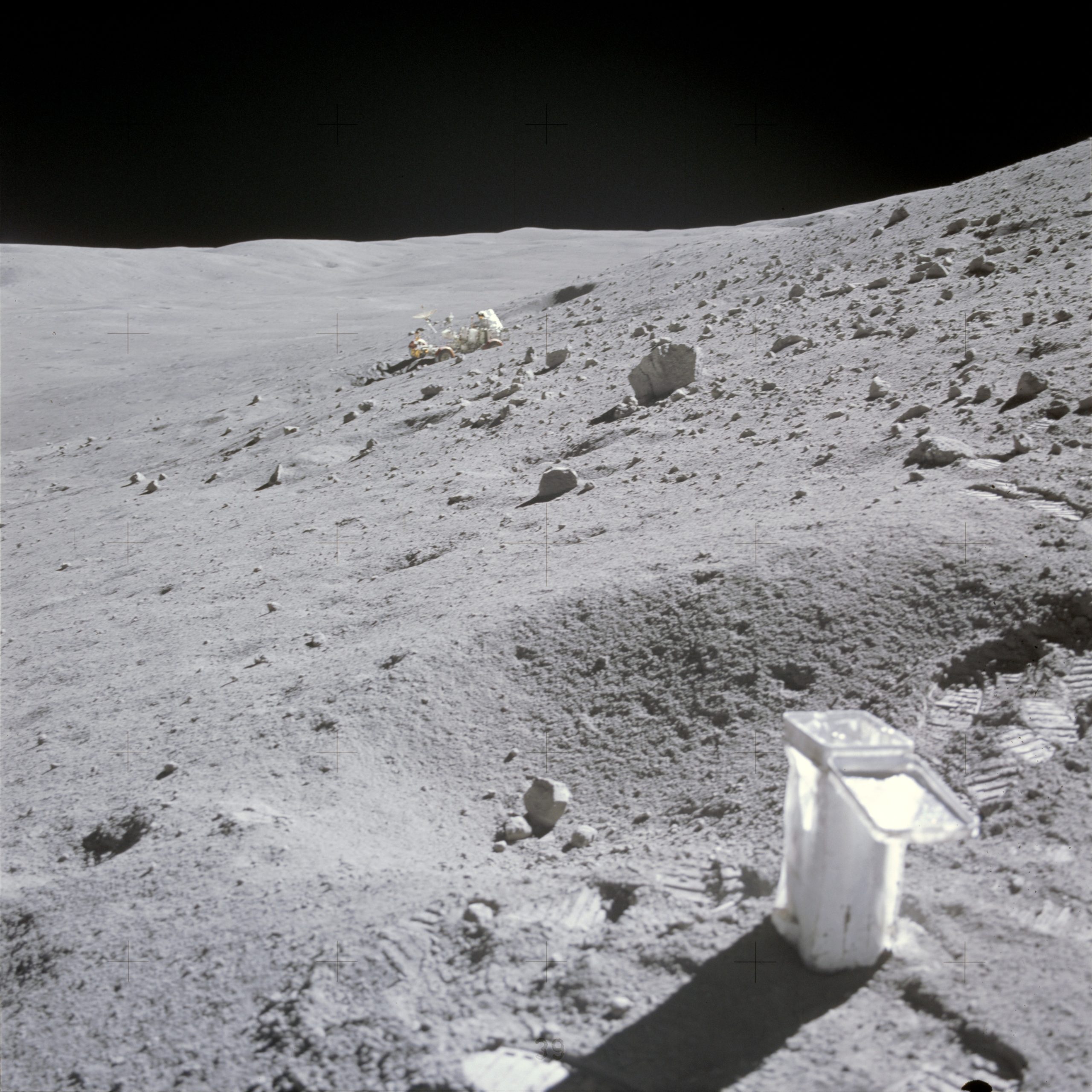
Inside Orion’s cabin, after the first Moonwalk, the permeating smell of gunpowder was replaced by other odors, as Young complained of a gassy stomach. Unfortunately, he left his microphone in the “on” position and the his audience was treated to a rare glimpse of two acid-stomached astronauts on the Moon.
“I got the farts again, Charlie,” said Young. “I don’t know what gives ’em to me, I really don’t. I think it’s acid in the stomach, I really do.”
“Prob’ly is,” agreed Duke.
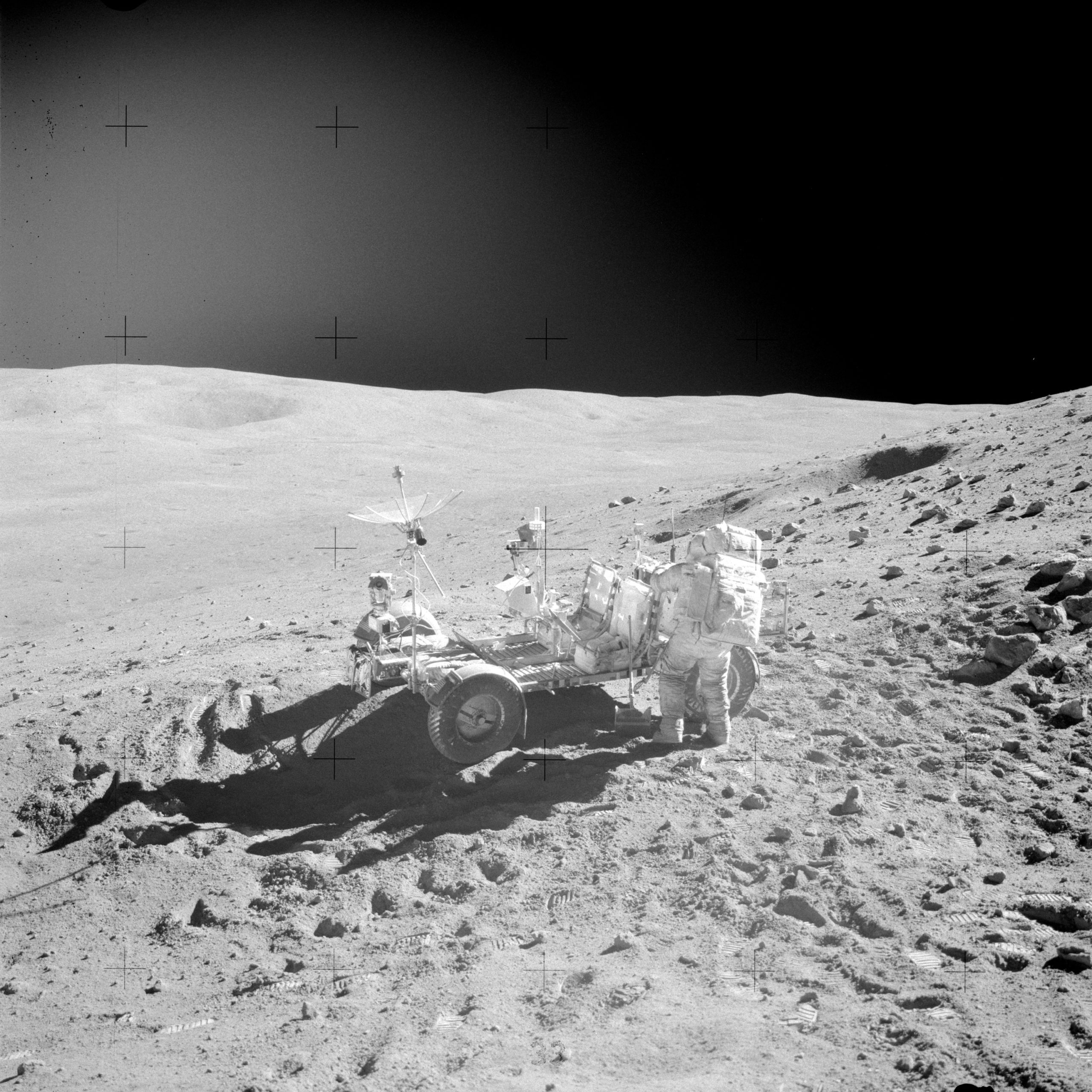
As the conversation progressed, and the language became increasingly more blue, it was left to Capcom Tony England to advise an embarrassed Young that the world could hear his every word. Needless to say the astronauts communicated less overtly about their bowel movements for the remainder of the mission.
EVA-2 on 22 April 1972 saw them drive halfway up the side of Stone Mountain, achieving the highest altitude ever attained by an Apollo crew. The beauty of their surroundings was overwhelming, even for the irreverent Young and Duke.
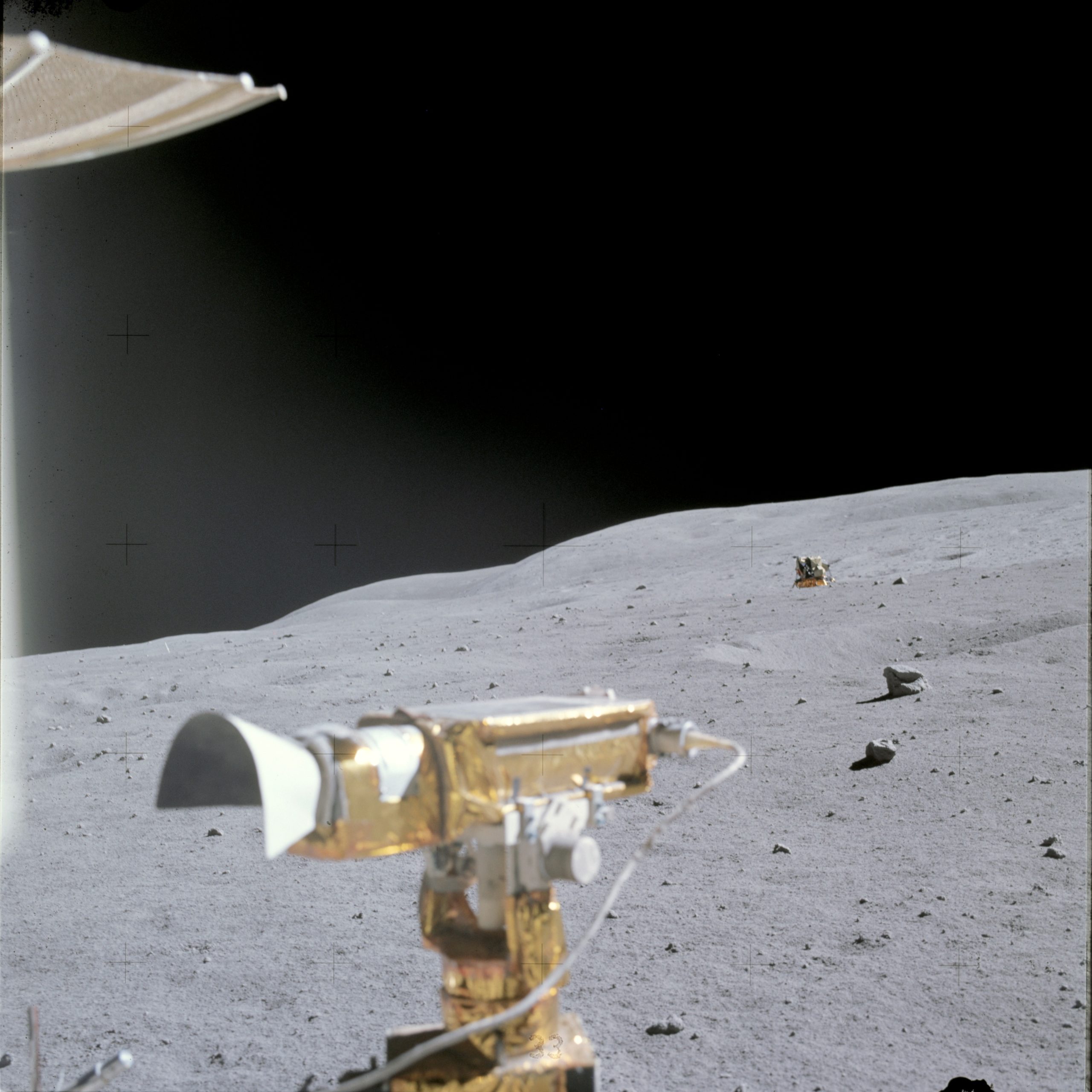
Yet the Moon did not appear a hostile place, with its black sky and gently rounded mountaintops. “We did not feel like we were intruders,” Duke later wrote on his website, www.charliedukestory.com, “in this foreign, foreign land.”
Late on 23 April, Young and Duke clambered down Orion’s ladder for their third and final Moonwalk. As they continued to sample Descartes, and continue to find many breccias, they were struck not only by the barrenness of the landscape, but also by the near-impossibility of judging distance. On one occasion, Duke dashed towards a seemingly distant boulder to collect it.
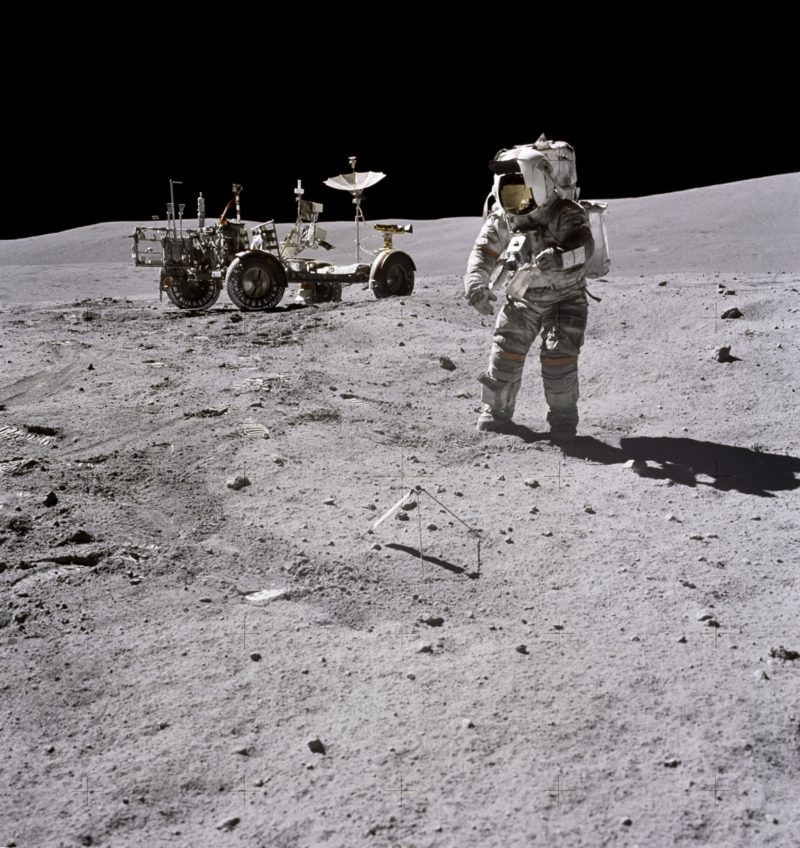
“It may be further away than we think,” cautioned Young.
“Nah, it’s not very far,” replied Duke.
“Theoretically, huh?” deadpanned Young. “Like everything else around here. A couple of weeks later…”
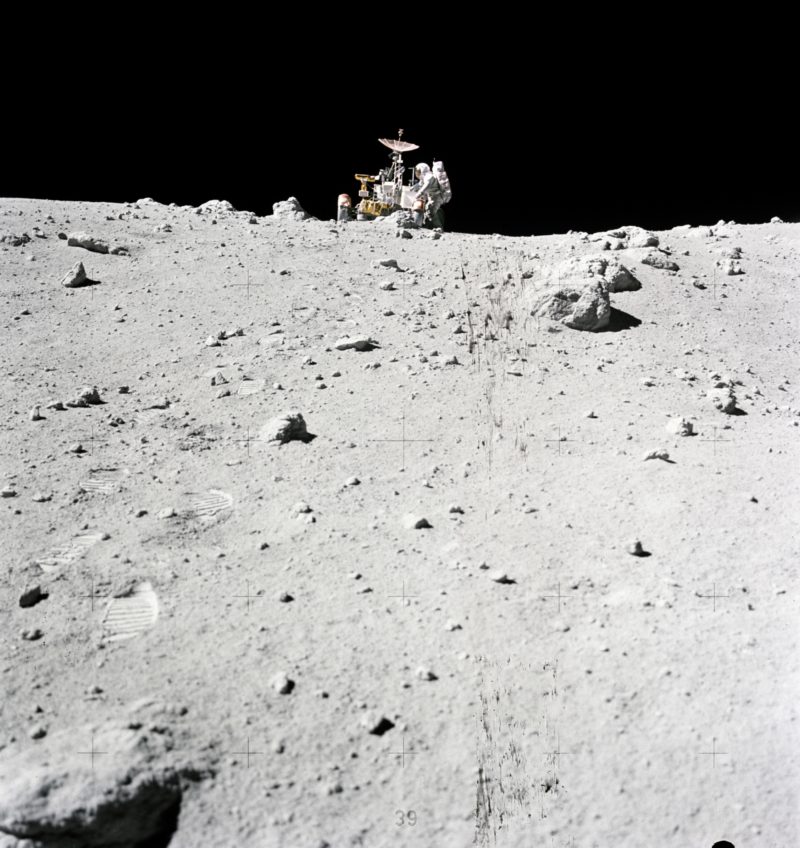
Beneath Young’s dry wit lay the reality that depth perception was notoriously difficult on the Moon, with no atmosphere and no landmarks with which to gain one’s bearings. By the time Duke reached his “small” boulder, it turned out to be much further away—and far bigger—than anyone had anticipated. They dubbed it “House Rock”.
A day later, on 24 April, following a smooth ascent from the surface and redocking with Mattingly aboard Casper, the Apollo 16 crew were on their way back to Earth. During the return journey, Mattingly performed an 84-minute trans-Earth EVA, to retrieve film cassettes. At one stage, he feared that his wedding ring had gone missing.
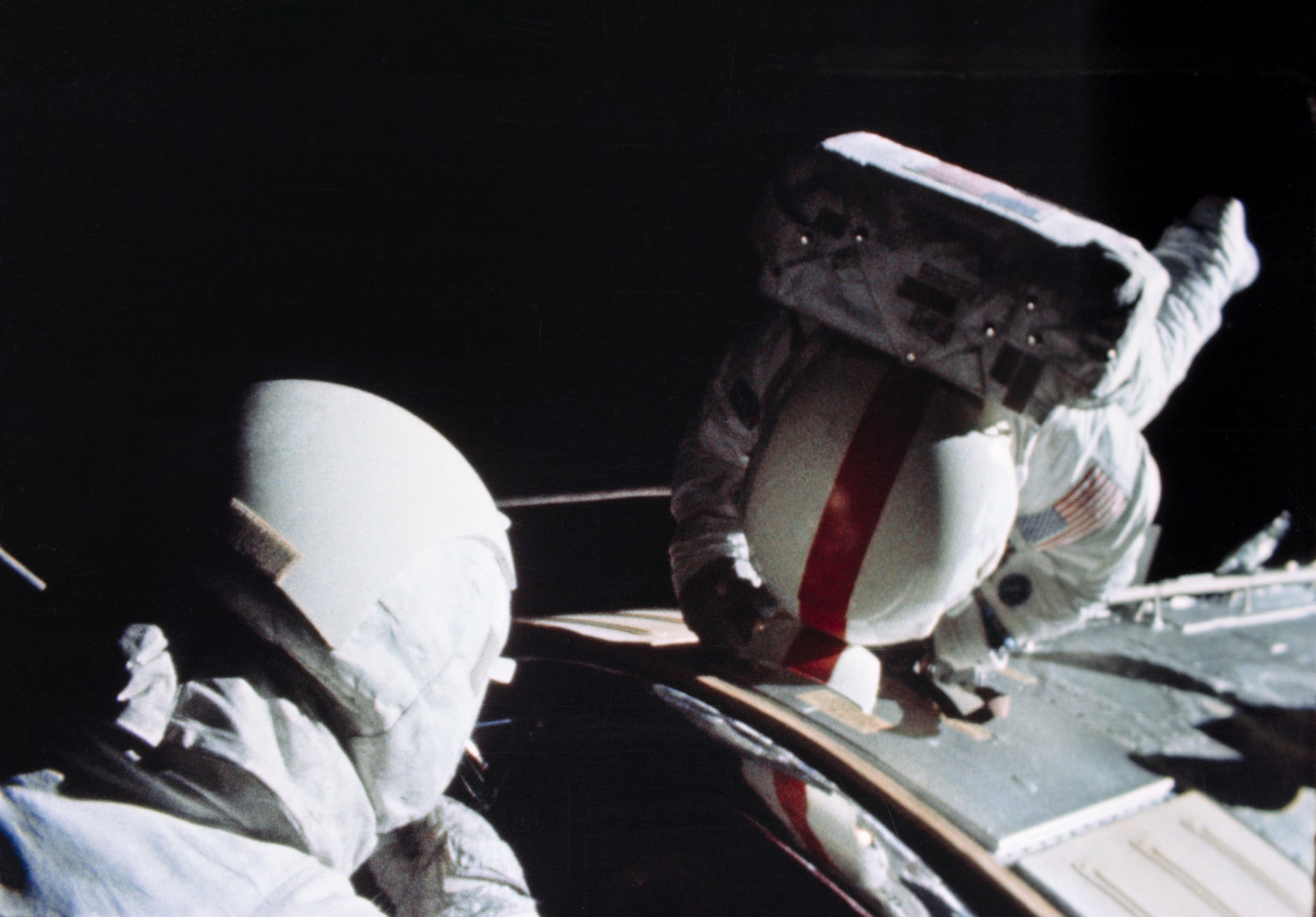
He had only gotten married a couple of years earlier. Fortunately, Duke spotted something about the float through the spacecraft’s hatch. It was the ring. Mattingly caught it, just in time.
Returning safely to Earth on 27 April, the flight of Young, Mattingly and Duke was the second-to-last piloted expedition to the Moon in the 20th century. A few months later, Gene Cernan, Ron Evans and Jack Schmitt voyaged across cislunar space again, fully aware that theirs was likely to be the last mission of its type for some considerable time to come. No one could have foreseen that it would be at least a half-century before even a glimpse of humans returning to their closest celestial neighbor would again enter the realms of possibility.
FOLLOW AmericaSpace on Facebook and Twitter!
Missions » Apollo »




